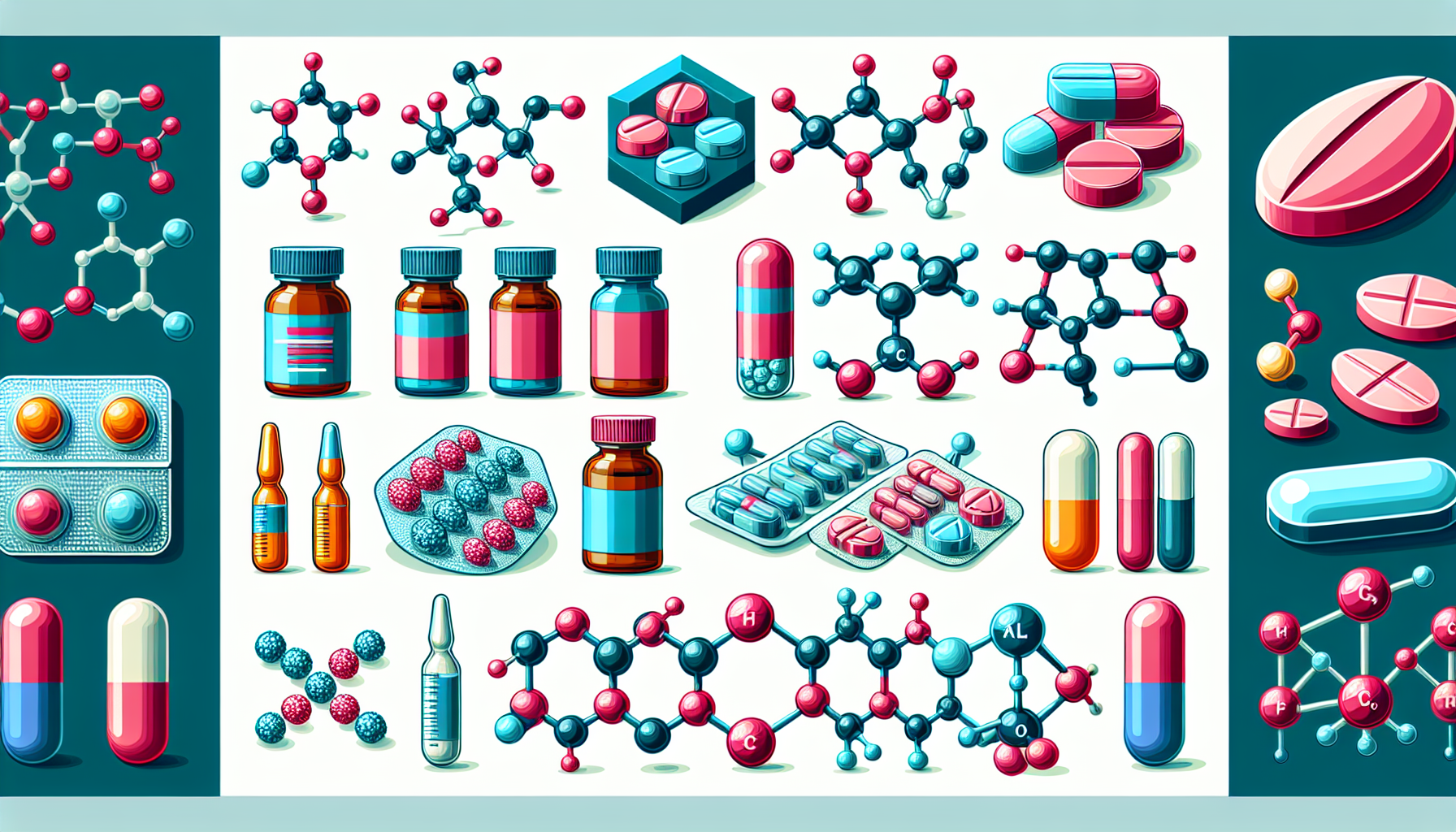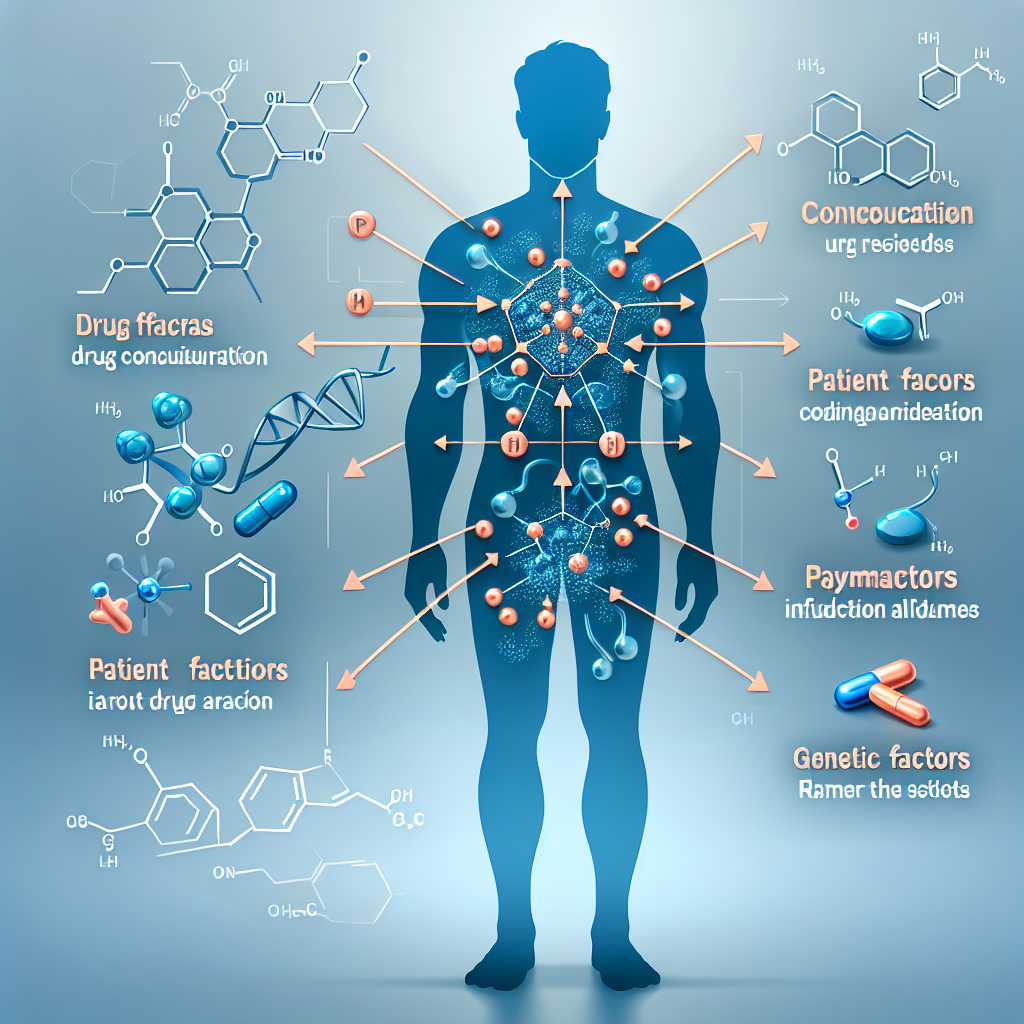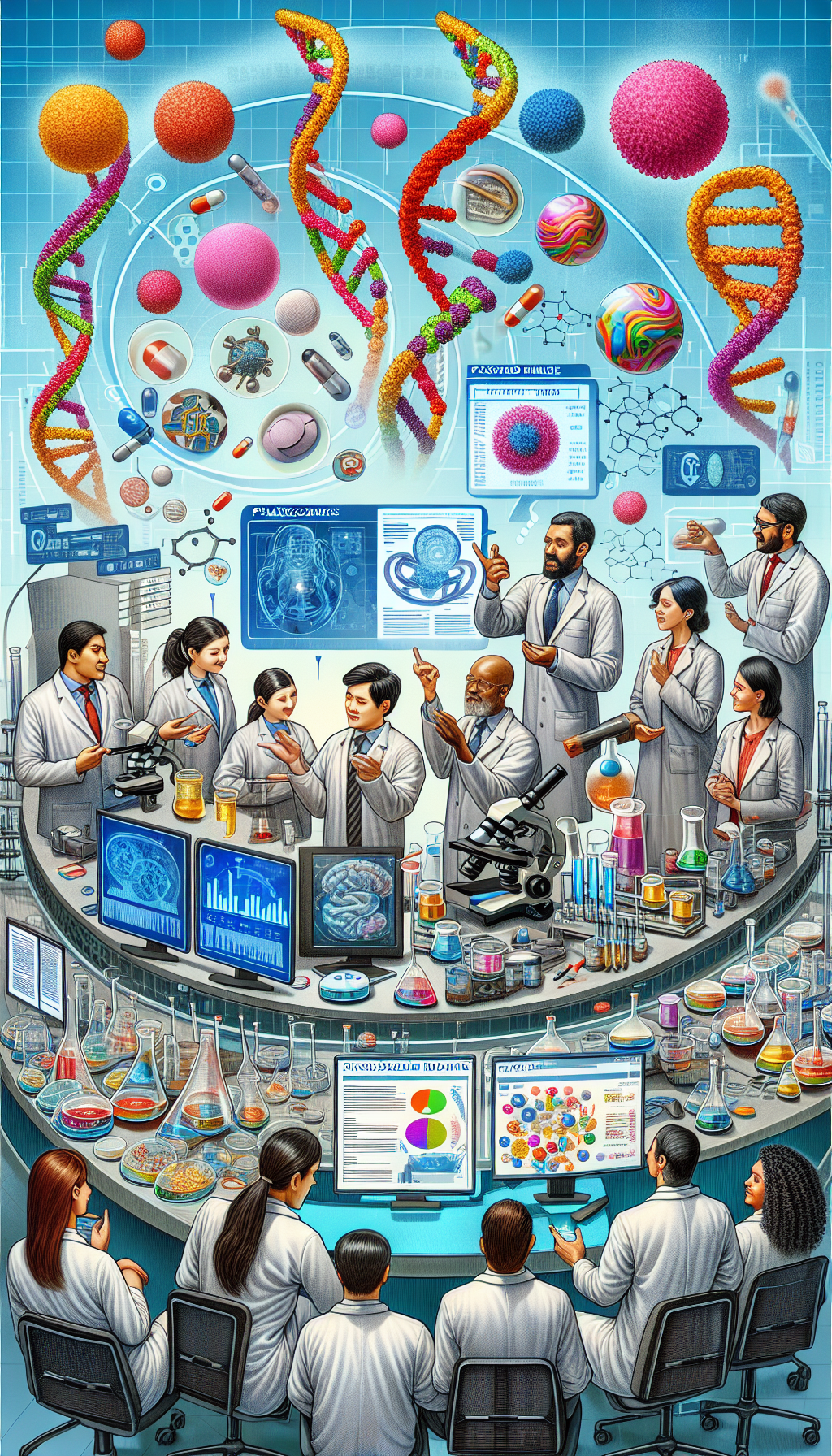The journey of a medication through the body is a complex process that involves a series of interactions at the molecular level. This process, known as pharmacodynamics, is critical for healthcare professionals and patients alike to understand, as it underpins the effectiveness and safety of medications. In this comprehensive exploration, we will delve into the pharmacodynamics of common medications, shedding light on how they work within the body to exert their therapeutic effects.
The Basics of Pharmacodynamics
Pharmacodynamics is the study of how drugs affect the body. This involves understanding the biochemical and physiological effects of drugs, their mechanisms of action, and the relationship between drug concentration and effect. When a medication is administered, it interacts with specific cellular receptors, enzymes, or ion channels, which in turn initiate a cascade of events leading to the desired therapeutic outcome.
Receptor Interactions
Most drugs exert their effects by binding to specific receptors on the surface of cells. These receptors are often proteins that naturally respond to neurotransmitters, hormones, or other endogenous substances. Once a drug binds to its target receptor, it can either mimic (agonist) or inhibit (antagonist) the action of the body’s own chemicals, leading to an increase or decrease in cellular activity, respectively.
For a more comprehensive understanding of how receptor interactions can influence health, particularly in the brain, consider exploring the intricate relationship between Brain Health and medications.
Enzyme Inhibition and Activation
Drugs can also alter the activity of enzymes, which are proteins that catalyze biochemical reactions within the body. By inhibiting or activating specific enzymes, medications can either slow down or accelerate metabolic processes. For instance, statins, commonly used to lower cholesterol, work by inhibiting the enzyme HMG-CoA reductase, which is involved in the synthesis of cholesterol in the liver.
Understanding Drug Efficacy and Potency
The concepts of efficacy and potency are central to pharmacodynamics. Efficacy refers to the ability of a drug to produce a maximal response, while potency is the amount of drug needed to elicit a certain level of response. A medication with high efficacy can produce significant therapeutic effects, while one with high potency can achieve its effects at lower doses.
Therapeutic Window and Drug Safety
The therapeutic window of a drug is the range of doses that produces therapeutic effects without causing significant adverse effects. Staying within this window is critical for patient safety. Medications with a narrow therapeutic window require careful dosing and monitoring to avoid toxicity.
For an in-depth discussion on drug safety and dosing, the article on Medication Therapeutic Index and Patient Safety provides valuable insights.
Factors Affecting Pharmacodynamics
Various factors can influence the pharmacodynamics of medications, including genetic makeup, age, body weight, and the presence of other diseases. For example, as we age, our body’s response to drugs can change, necessitating adjustments in medication types and dosages.
To learn more about how age influences medication and supplement needs, the article Age-Related Changes in Medication and Supplement Needs is an excellent resource.
Drug Interactions
When multiple drugs are taken simultaneously, they can interact in ways that alter their pharmacodynamics. These interactions can either enhance or diminish the effects of the medications, and in some cases, lead to adverse effects. Understanding drug interactions is a critical component of medication management, especially for individuals with multiple health conditions.
An informative piece on managing multiple medications can be found in the article about Medication Management for Individuals with Multiple Health Conditions.
Advances in Pharmacodynamics Research
Research in pharmacodynamics is continually evolving, leading to the development of new medications with improved safety profiles and efficacy. One area of significant progress is personalized medicine, where treatments are tailored to an individual’s genetic profile, potentially improving drug effectiveness and reducing adverse reactions.
External Resources Supporting Pharmacodynamics Research
For those interested in the cutting-edge research in pharmacodynamics, several niche resources offer in-depth information:
- The American Society for Pharmacology and Experimental Therapeutics provides resources for scientific research and education in the field of pharmacology.
- Clinical Pharmacology & Therapeutics journals offer peer-reviewed articles focused on the intersection of pharmacology, clinical research, and patient care.
- The Pharmacogenomics Journal delves into how genetic factors influence drug response, a key aspect of pharmacodynamics.
Conclusion
Understanding the pharmacodynamics of common medications is essential for optimizing their therapeutic potential while minimizing risks. By exploring how drugs interact with cellular targets, their efficacy, safety profiles, and the factors influencing their effects, healthcare professionals can make more informed decisions about treatment regimens. Continued research and education in this field are vital for the development of safer, more effective medications, ultimately leading to better patient outcomes.
With the knowledge of pharmacodynamics, patients and healthcare providers can work together to ensure that medications are used safely and effectively, contributing to overall health and well-being. Whether it’s managing chronic conditions, preventing disease, or enhancing quality of life, the role of pharmacodynamics in medicine cannot be overstated.



